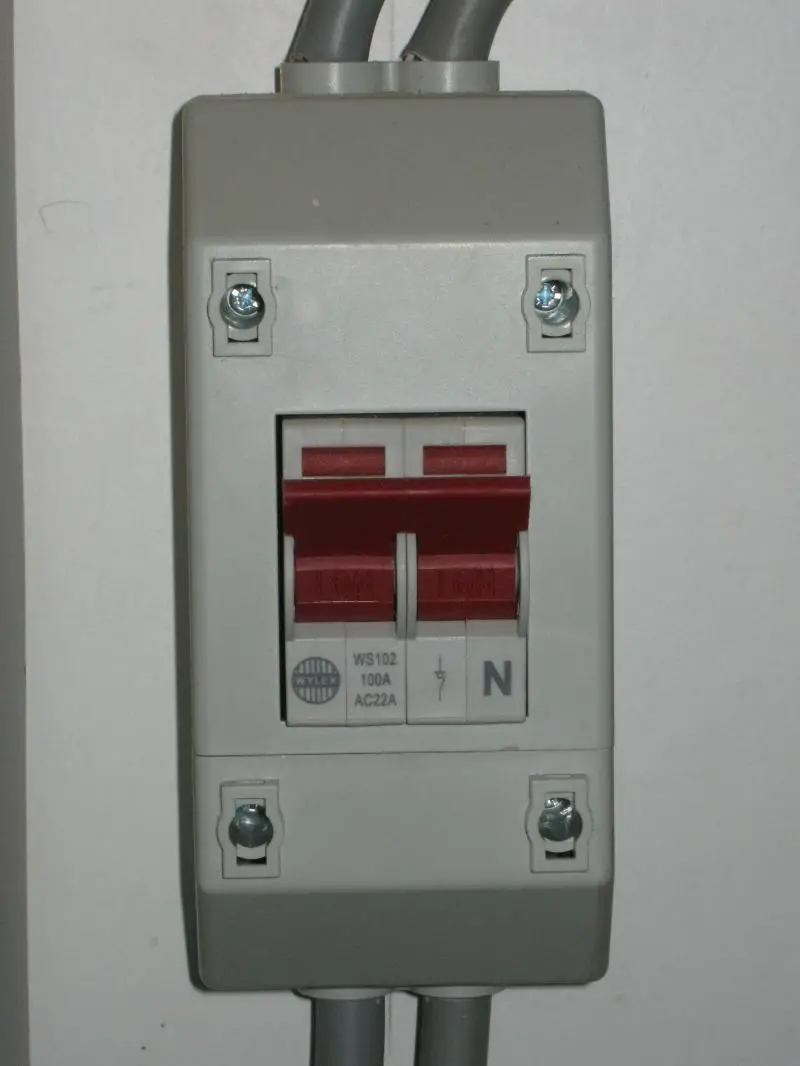Sure - but the implication (at least, I thought) was that he had been told that, rather than the "mere switch/isolator" he had asked about, he would need a switch fuse, but apparently without it also being pointed out that he actually should have a fuse (in practice, a switch-fuse) now. I was therefore attempting to clarify that for him - i.e that whether or not he should have a fuse is nothing to do with whether he chooses to have an isolator fitted.Yes, but Greenie's query was because he has been told he needs a switch/fuse while reading here about mere switches (isolators). So, the query was, in effect, just about the fuse; the reasons for which are as I stated.
Kind Regards, John


